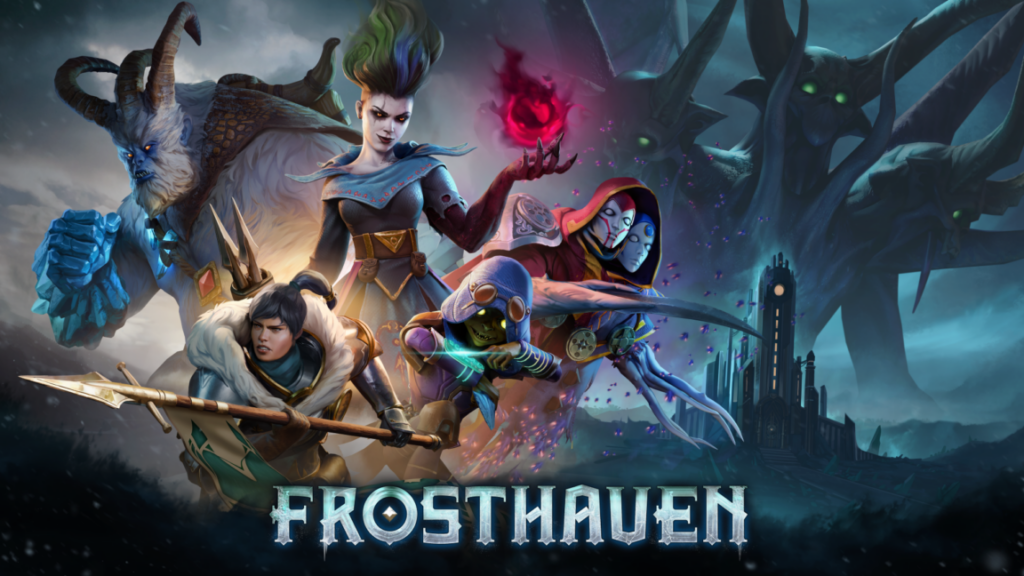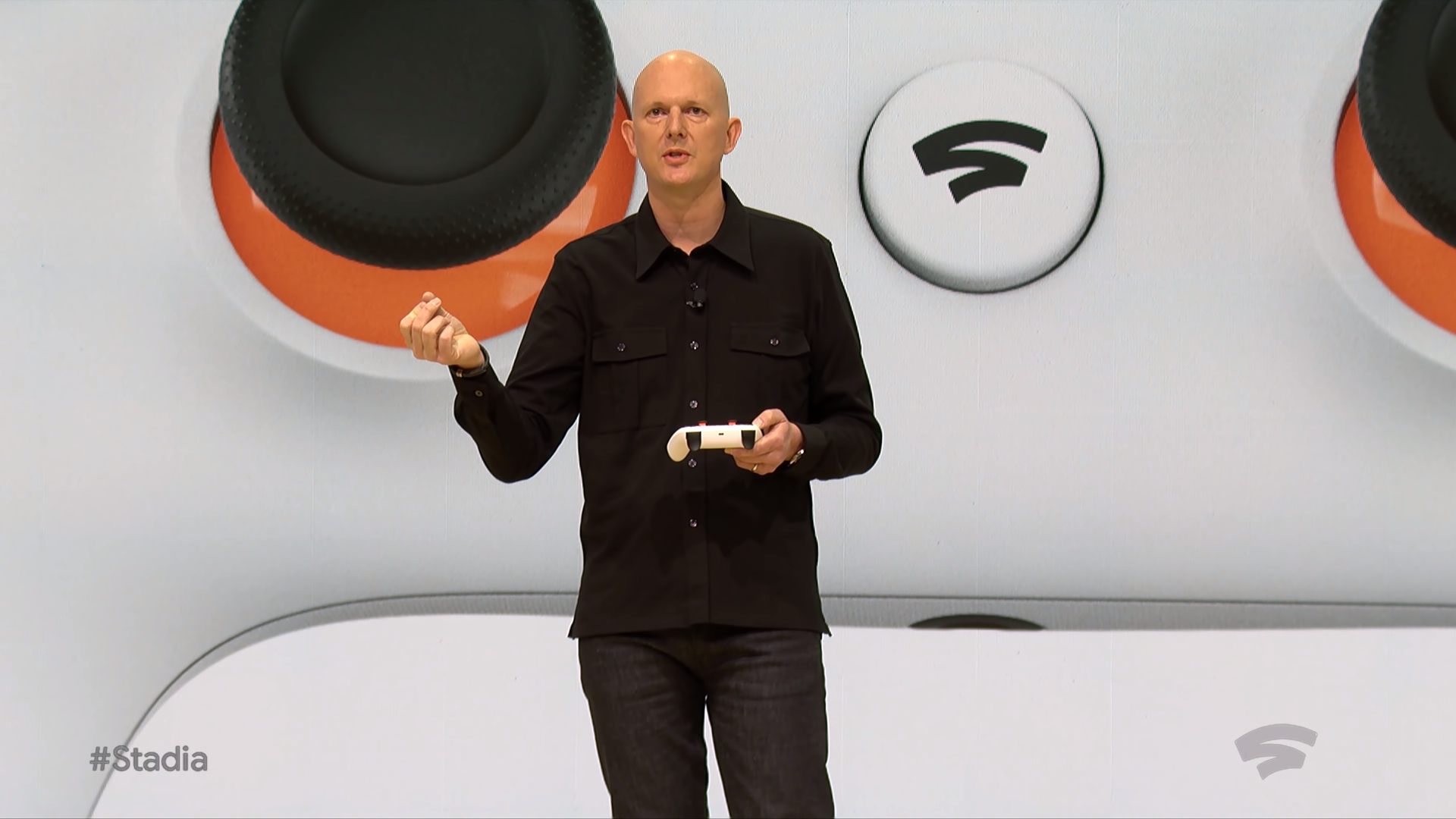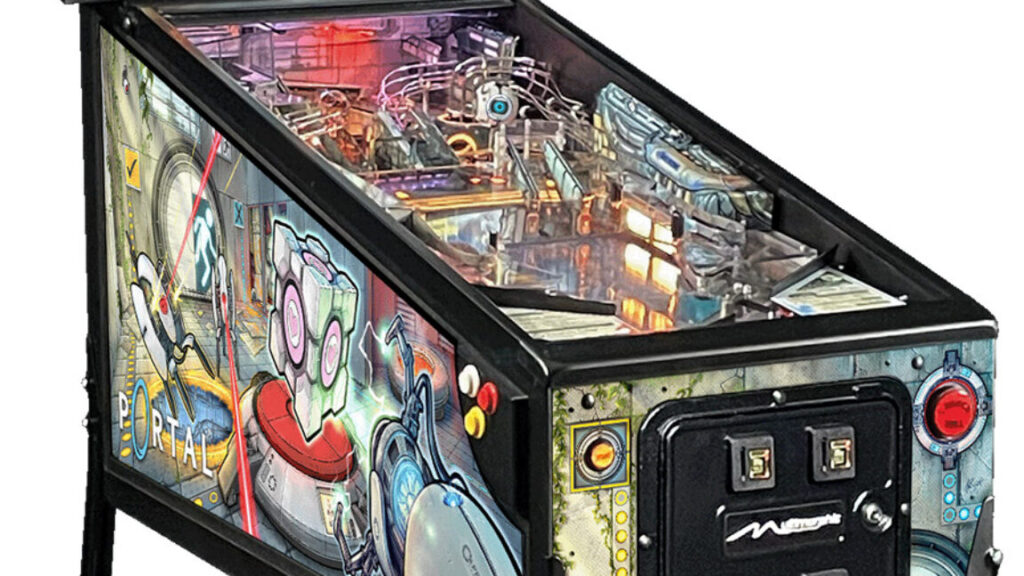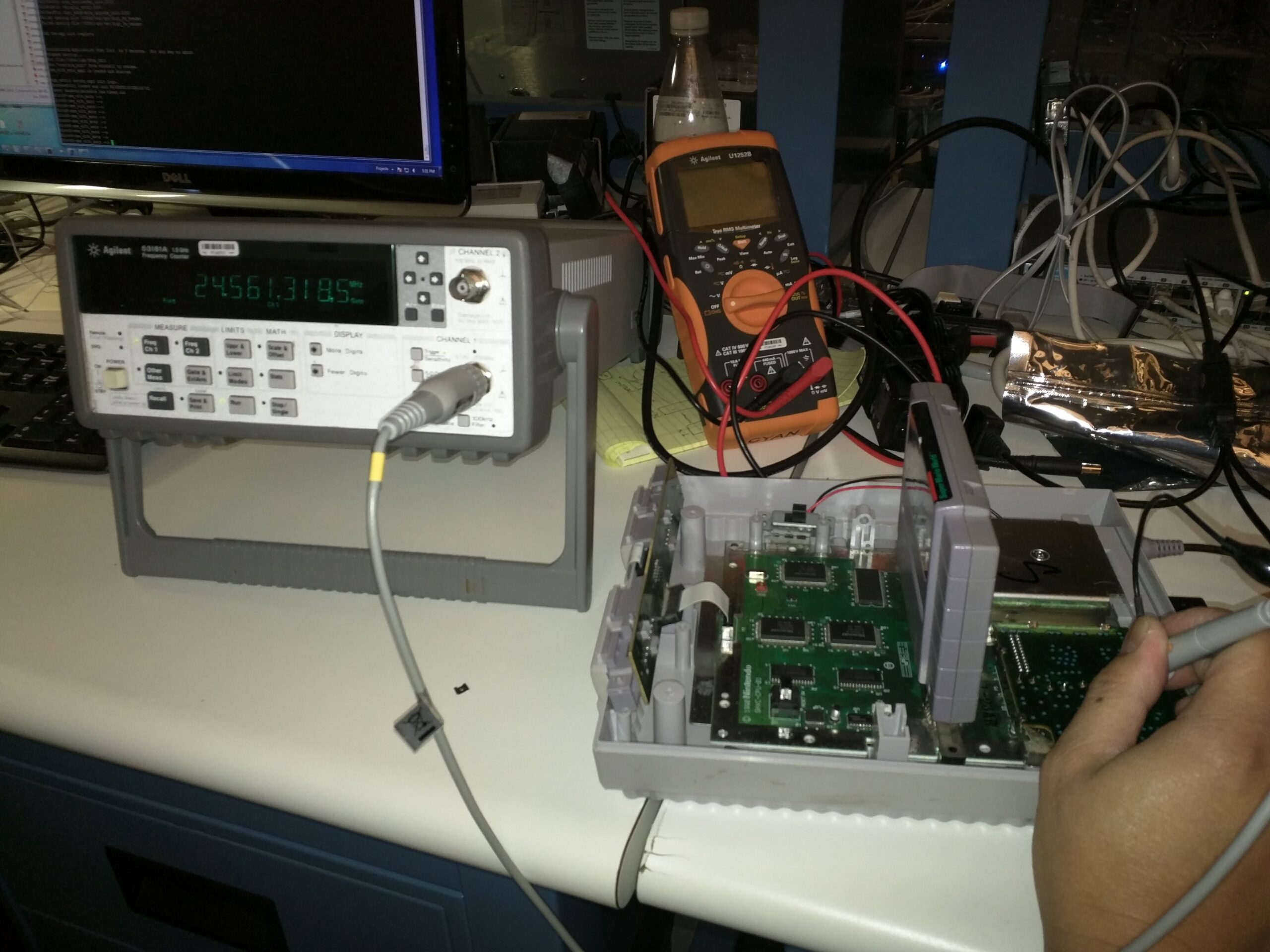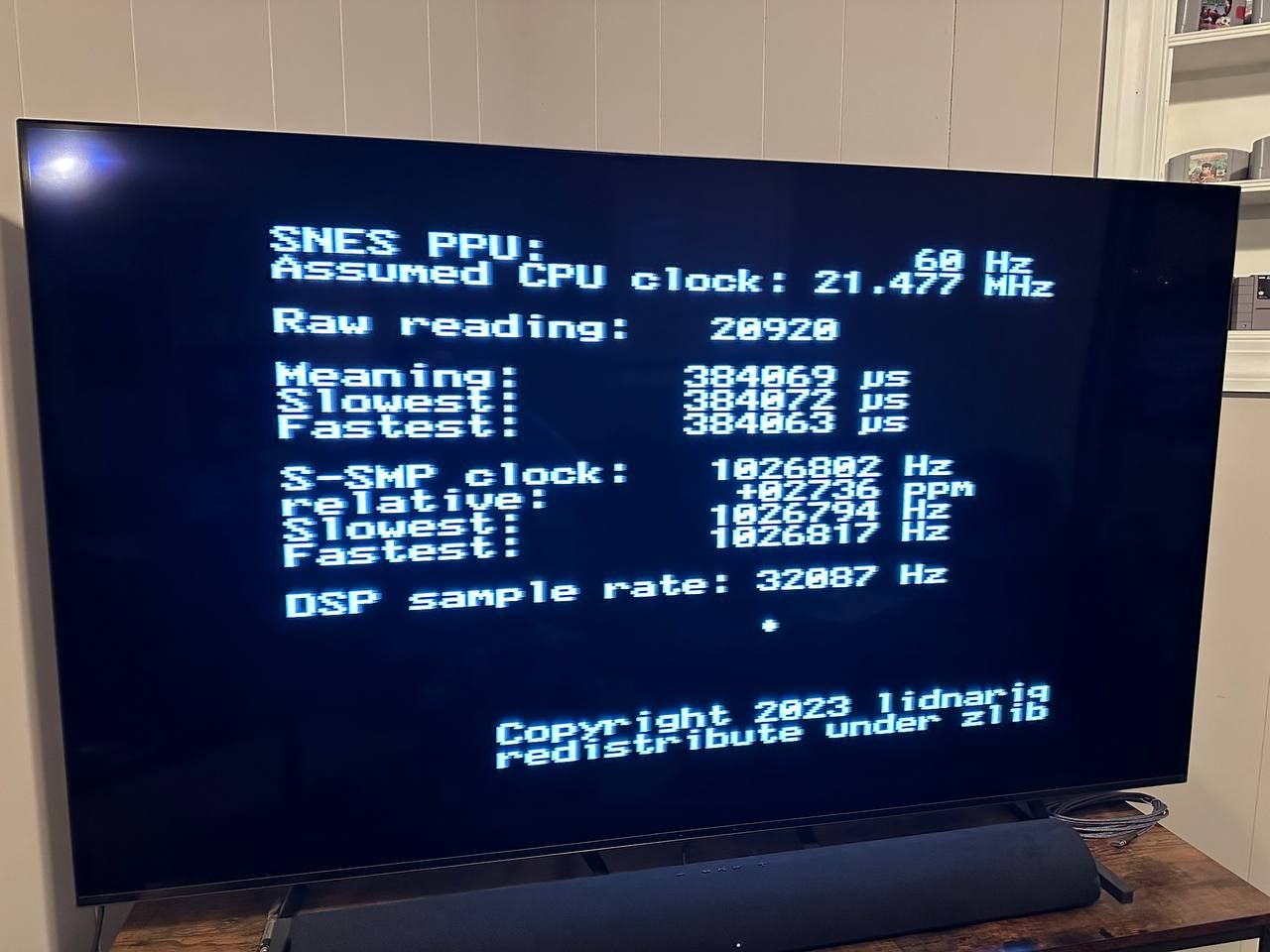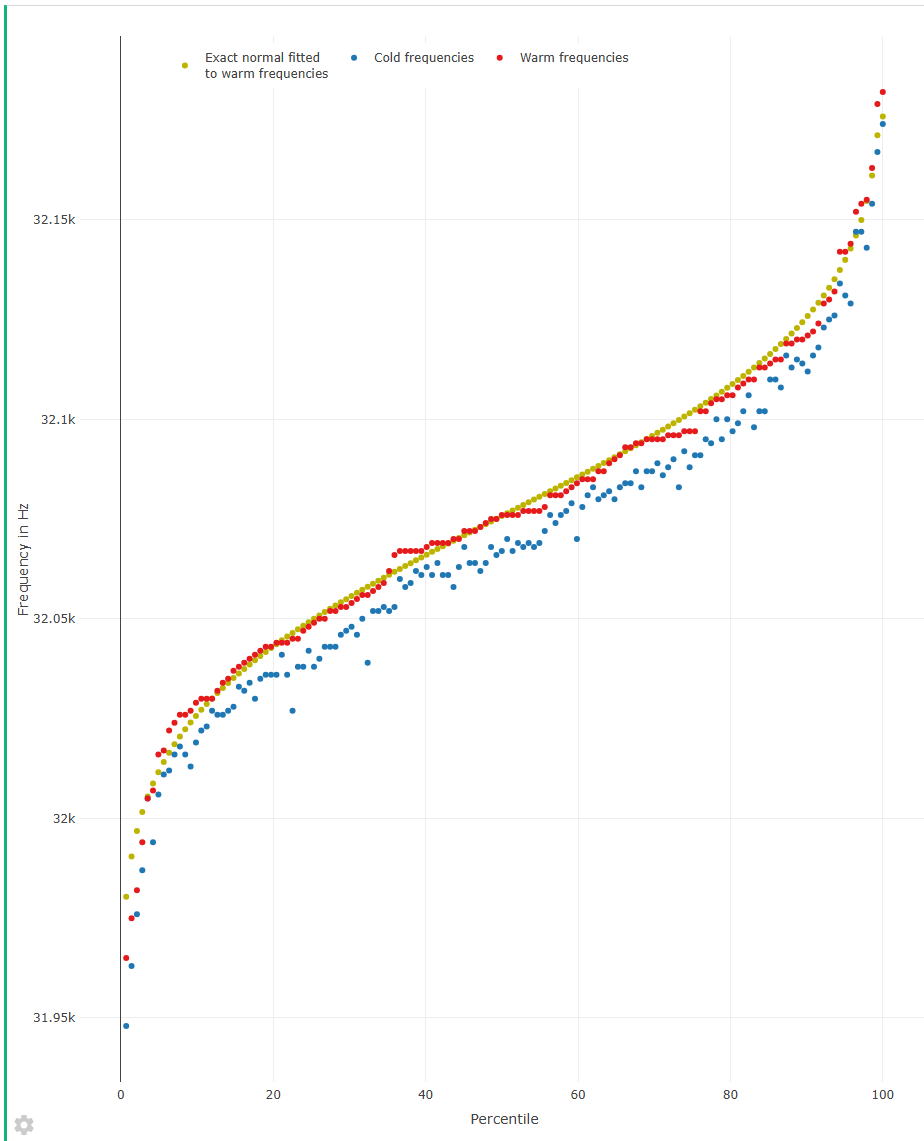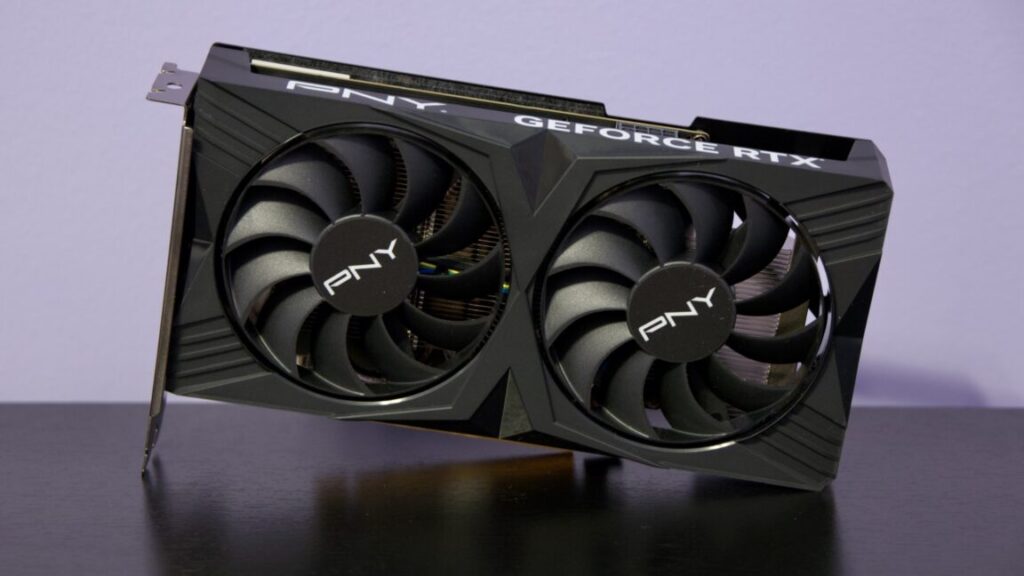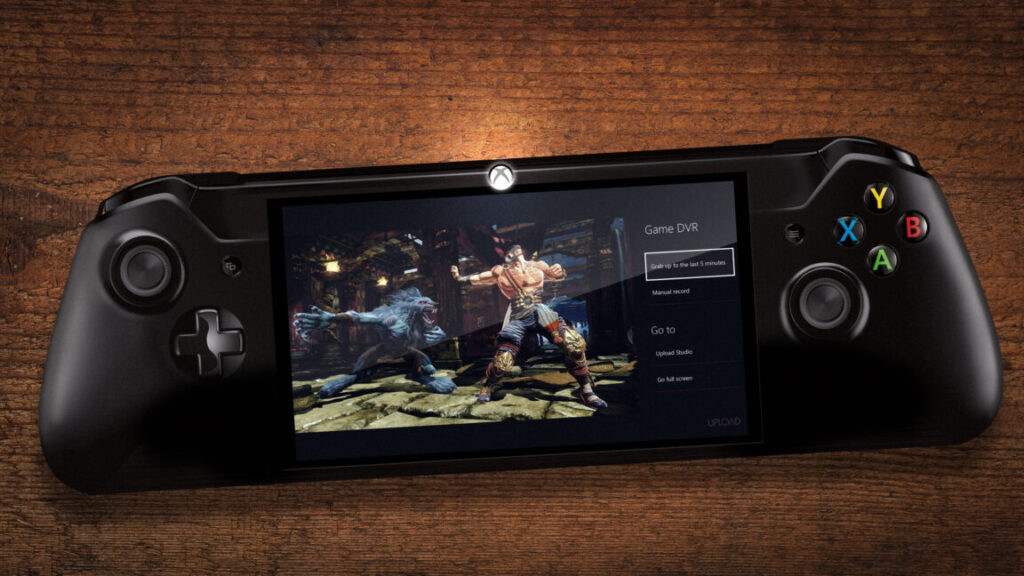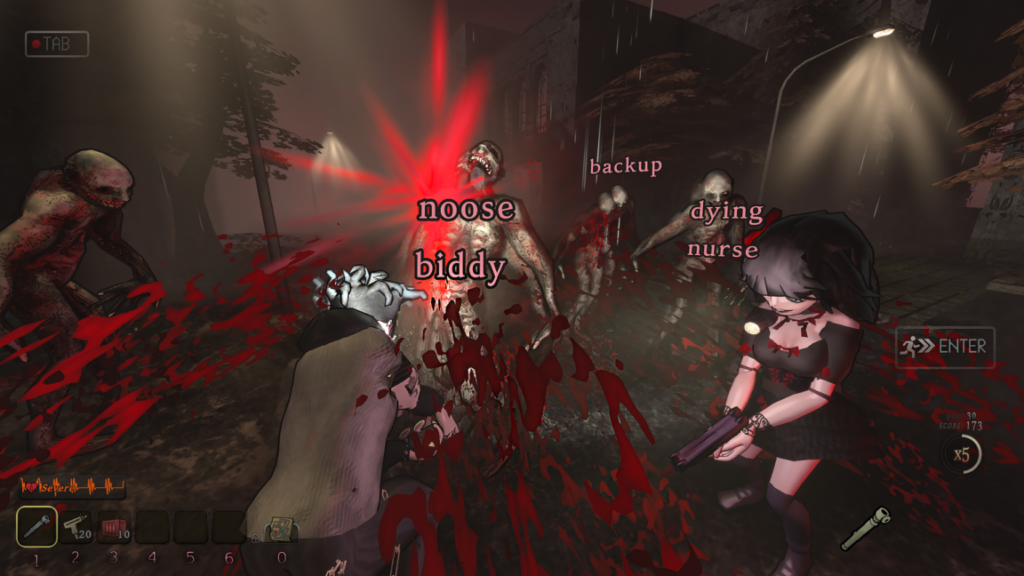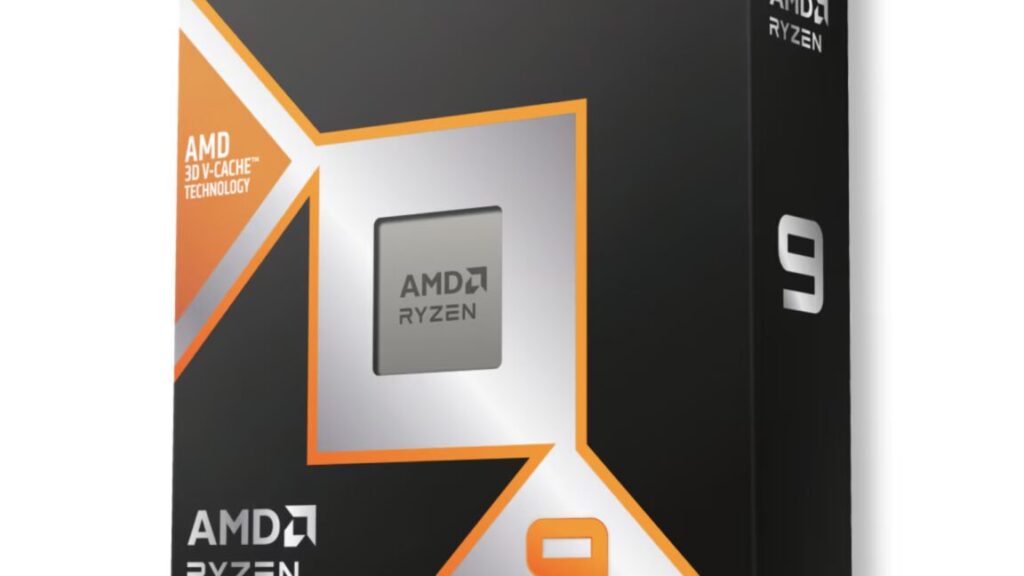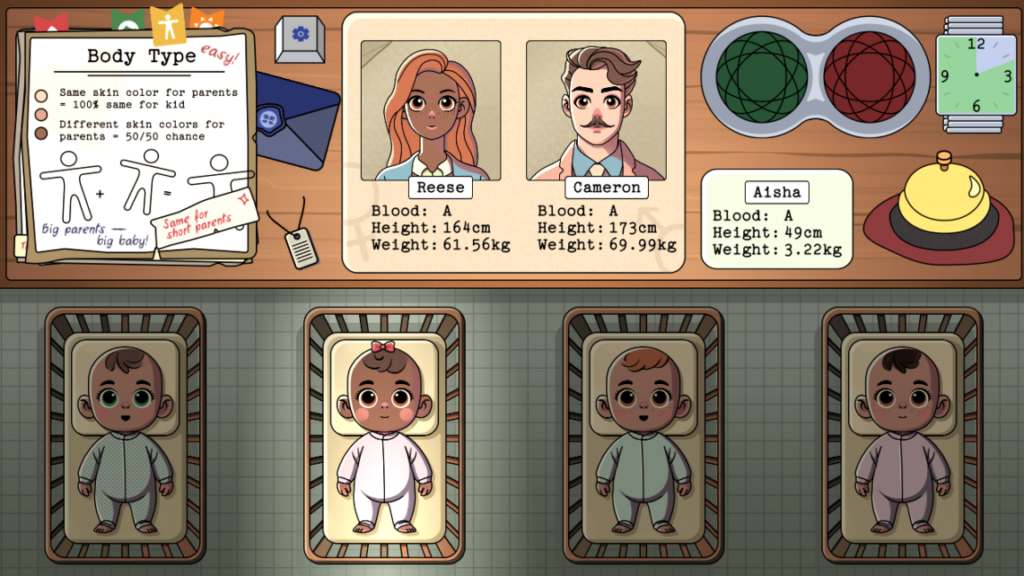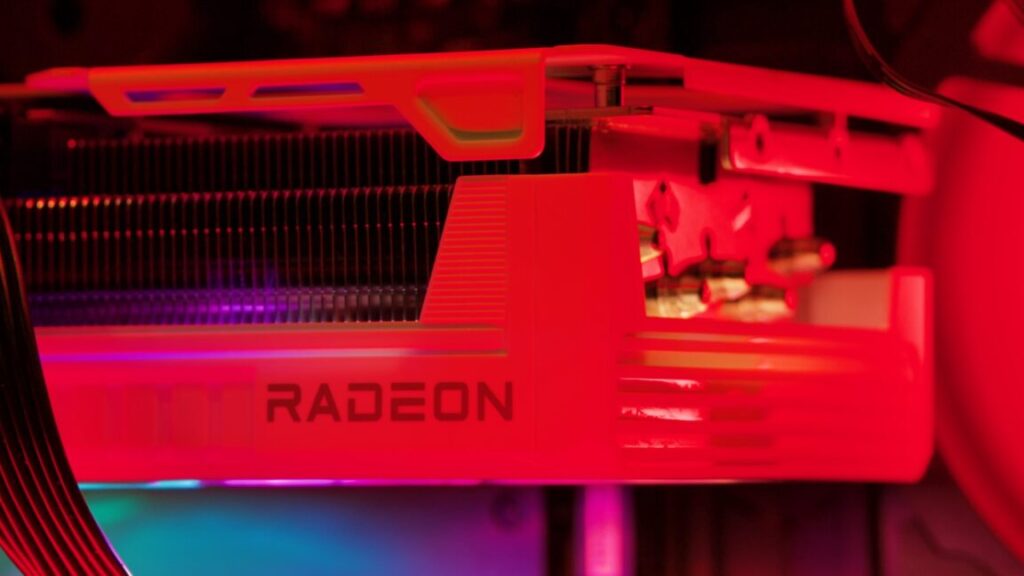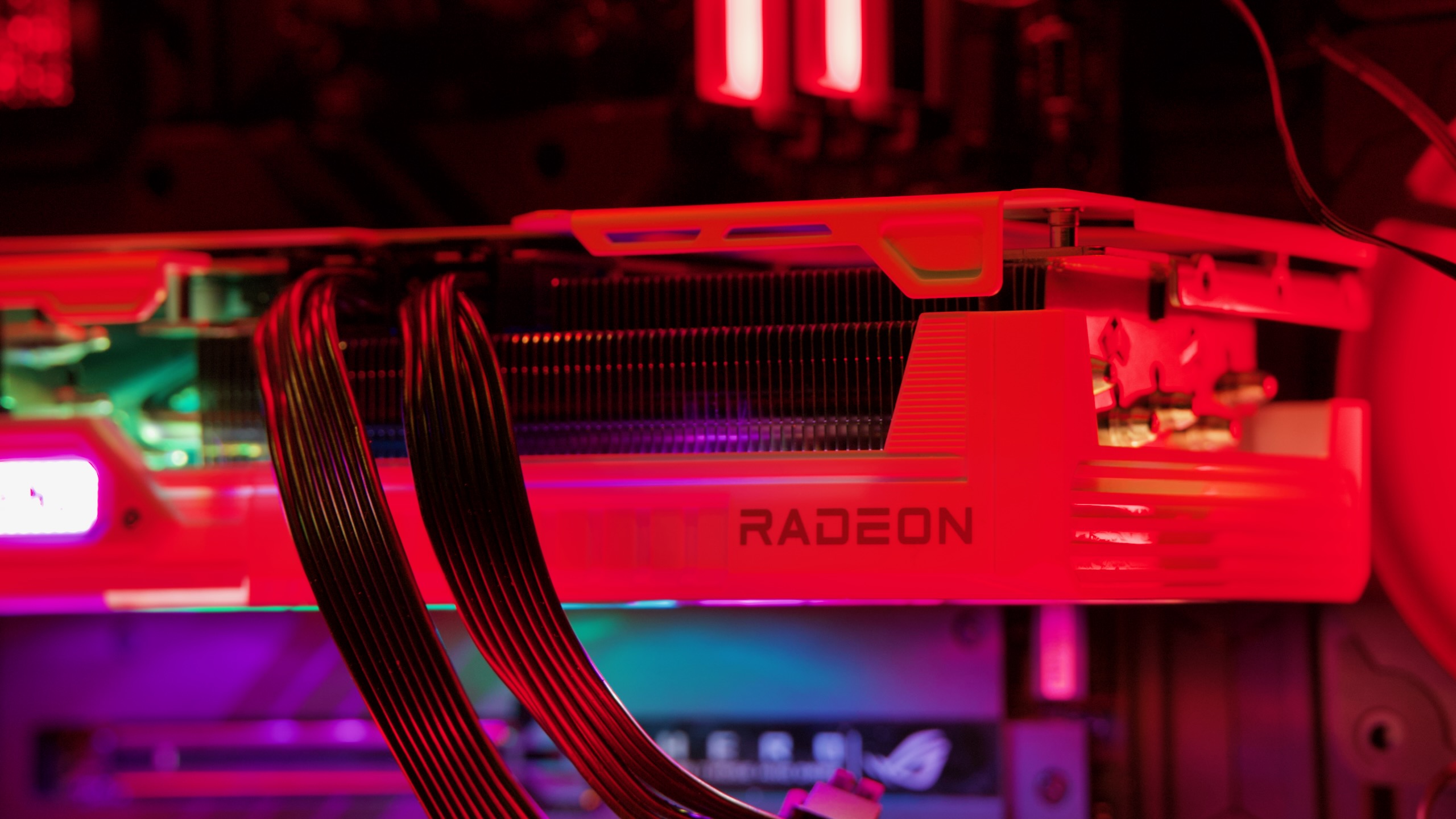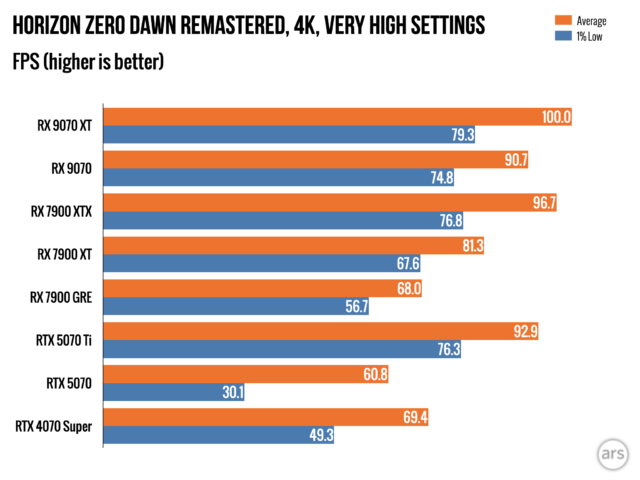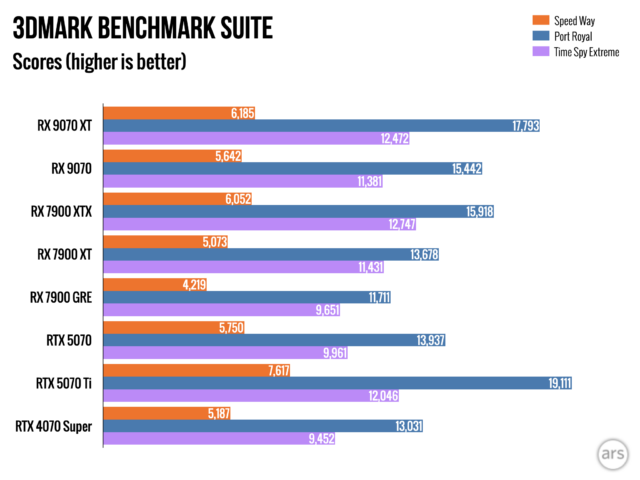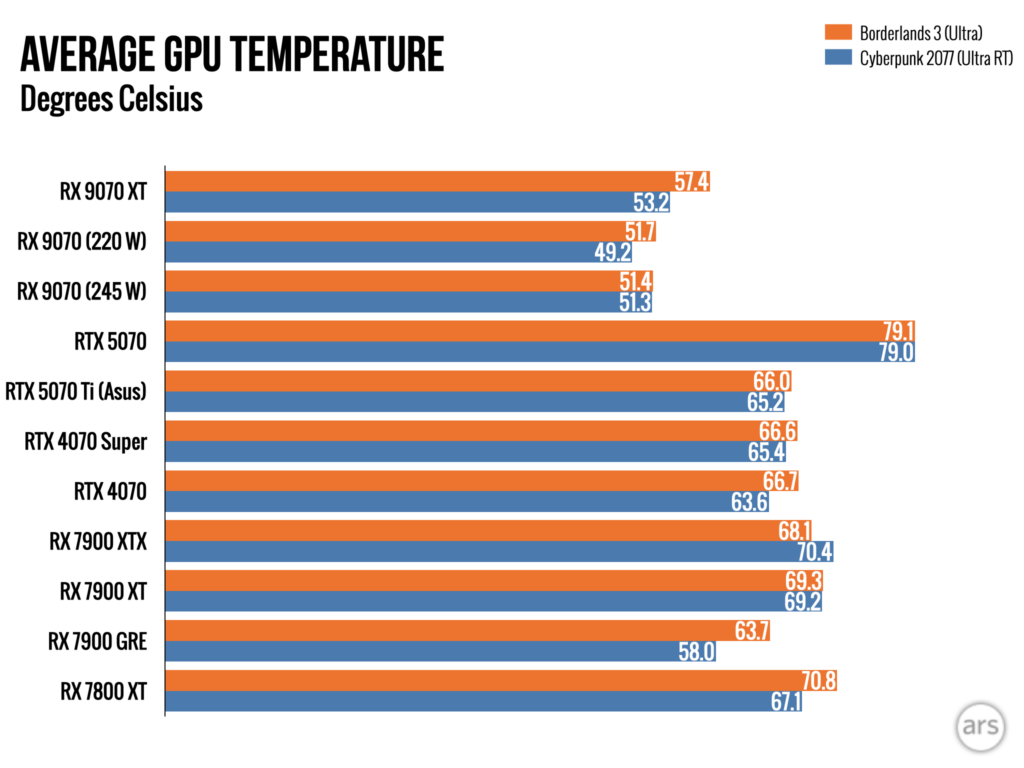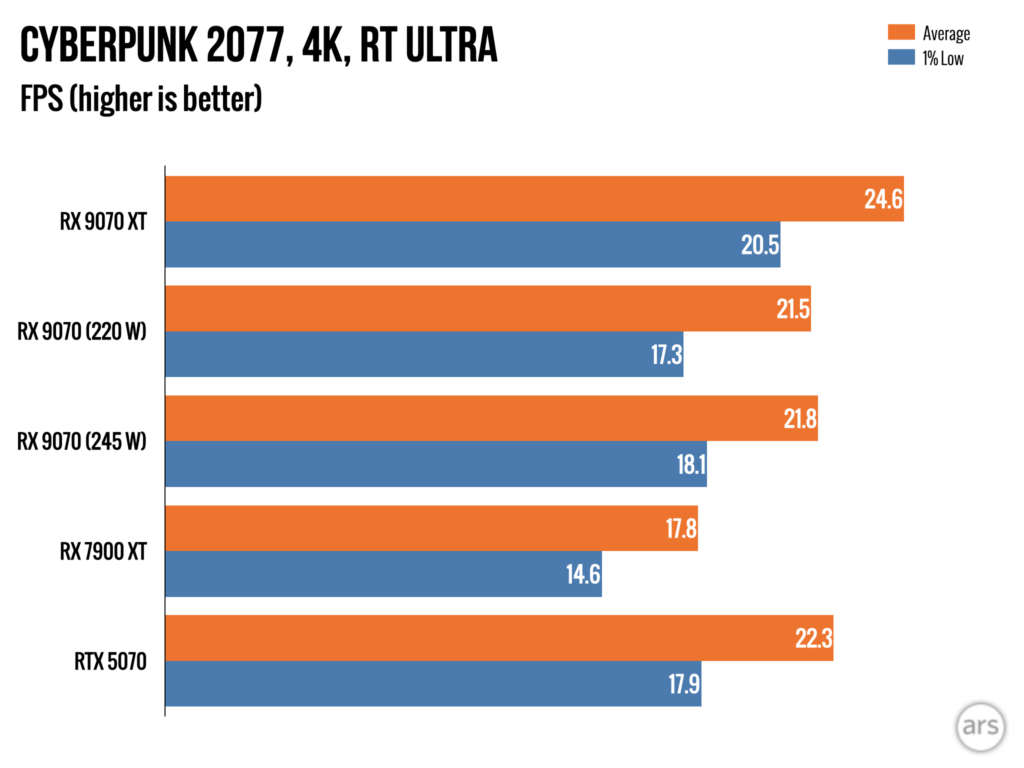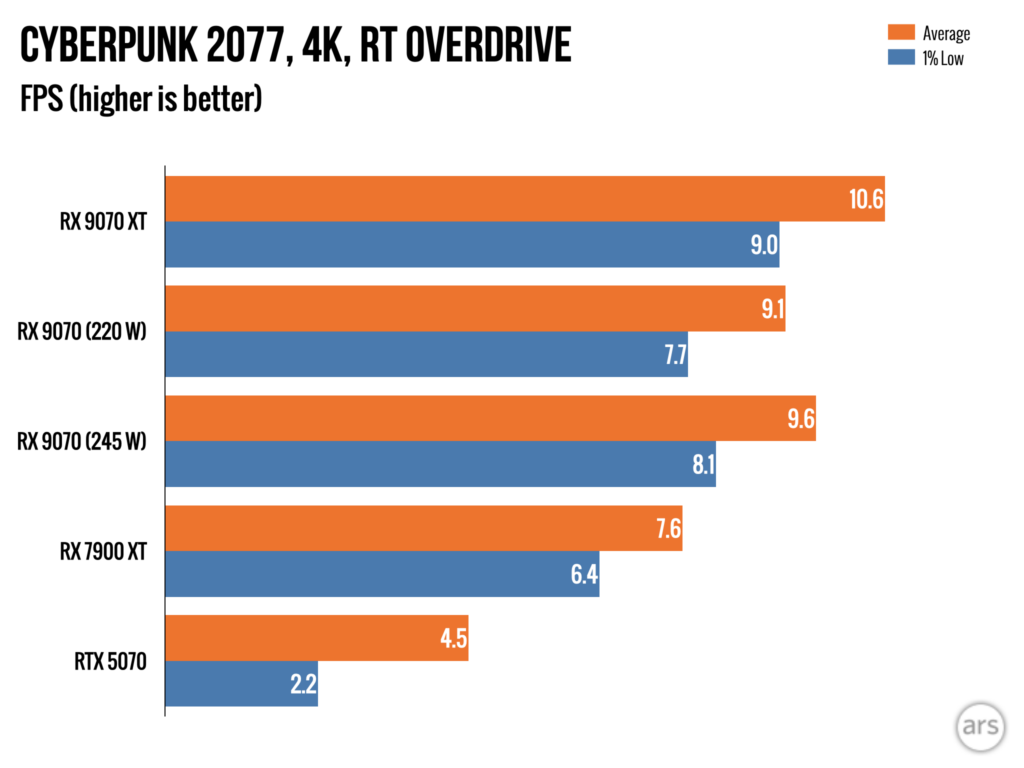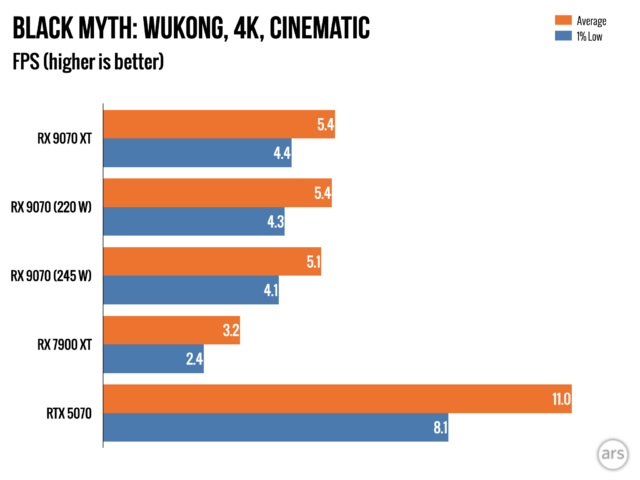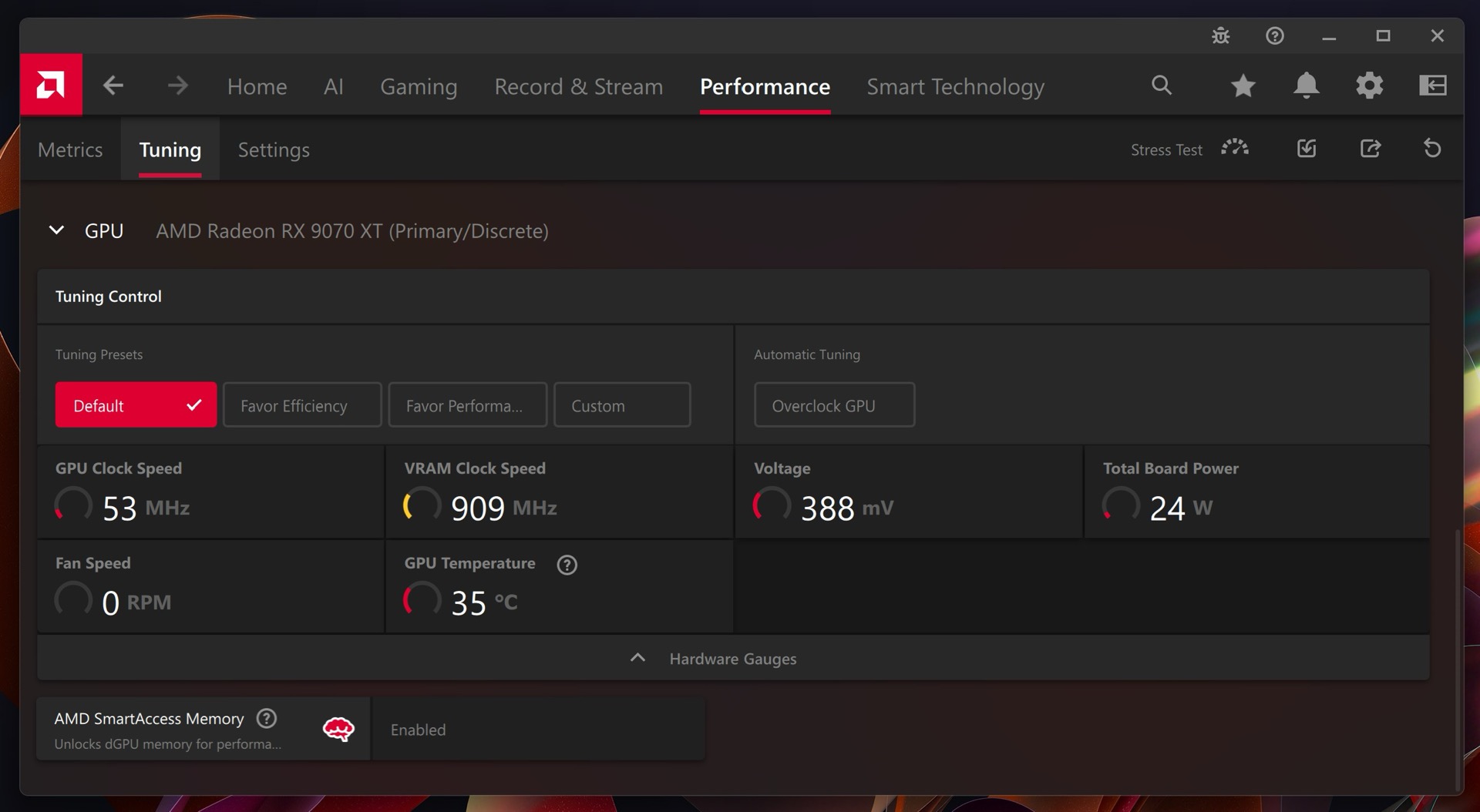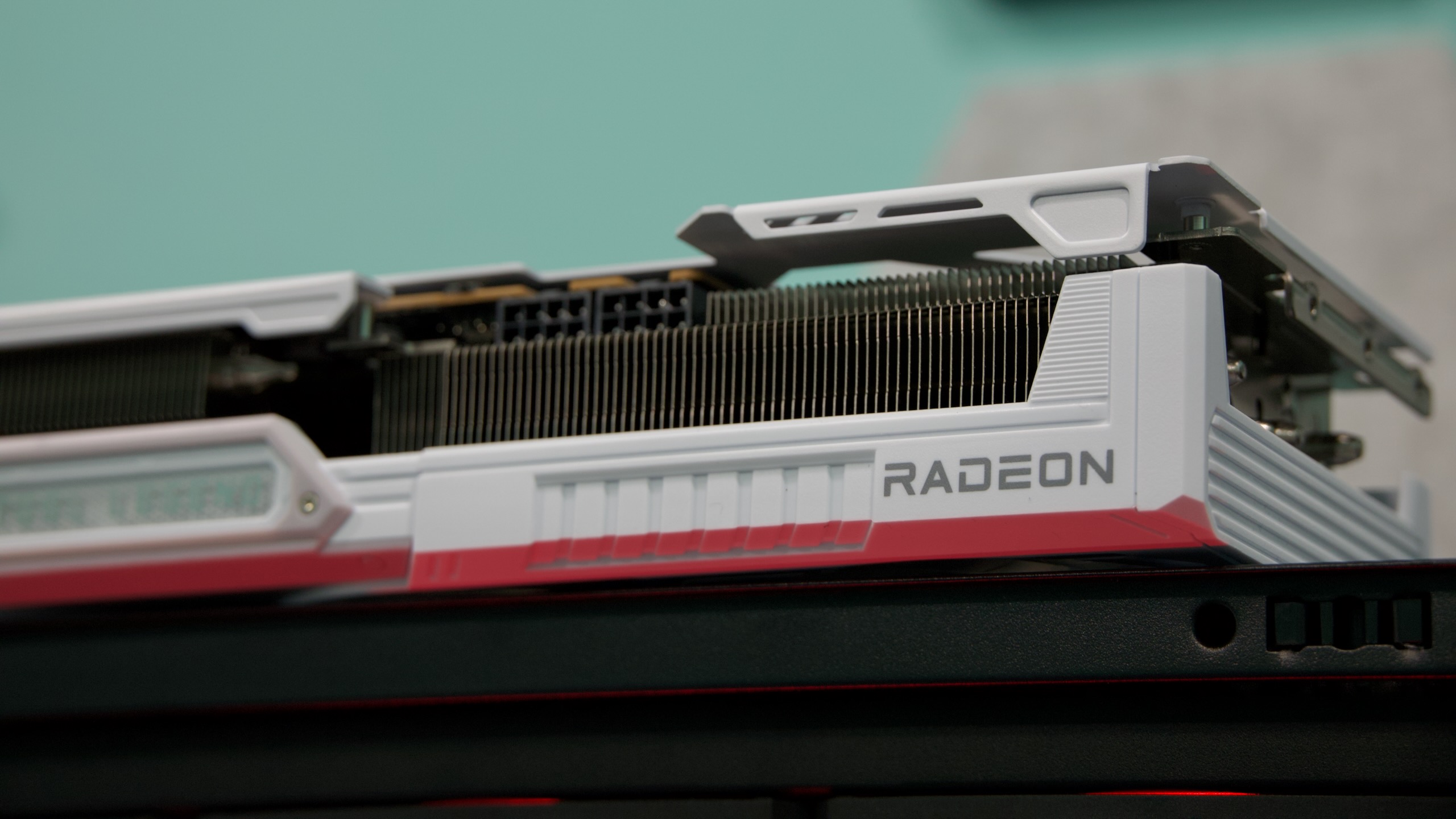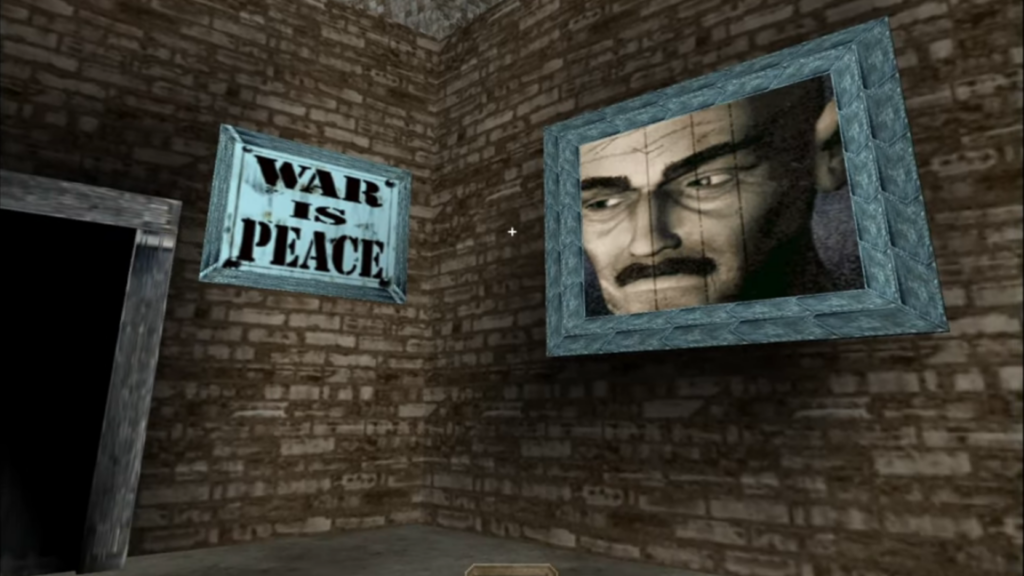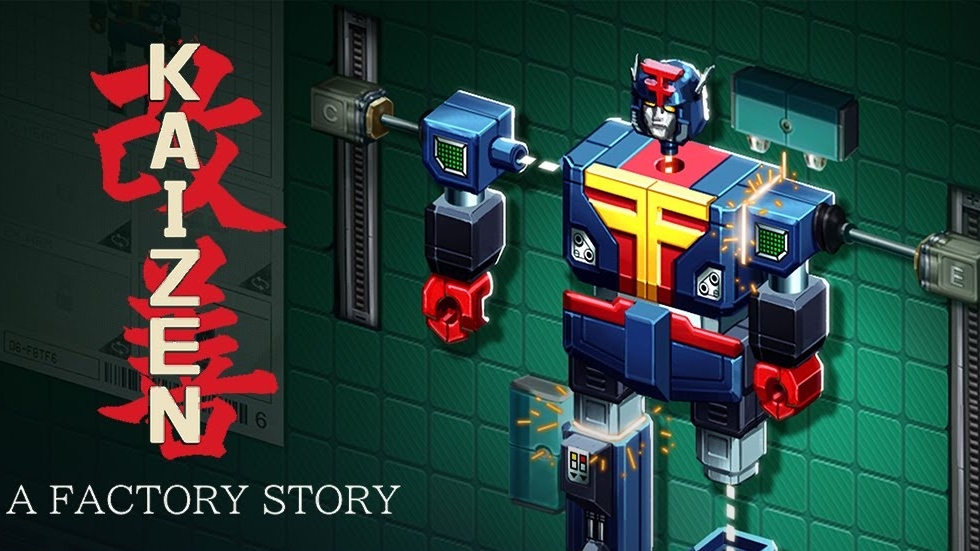Hands-on with Frosthaven’s ambitious port from gigantic box to inviting PC game
I can say this for certain: The game’s tutorial does a lot of work in introducing you to the game’s core mechanics, which include choosing cards with sequential actions, “burning” cards for temporary boosts, positioning, teamwork, and having enough actions or options left if a fight goes longer than you think. I’m not a total newcomer to the -haven games, having played a couple rounds of the Gloomhaven board game. But none of my friends, however patient, did as good a job of showing just how important it was to consider not just attack, defend, or move, but where each choice would place you, and how it would play with your teammates.
I played as a “Banner Spear,” one of the six starting classes. Their thing is—you guessed it—having a spear, and they can throw it or lunge with it from farther away. Many of the Banner Spear’s cards are more effective with positioning, like pincer-flanking an enemy or attacking from off to the side of your more up-close melee teammate. With only two players taking on a couple of enemies, I verbally brushed off the idea of using some more advanced options. My developer partner, using a Deathwalker, interjected: “Ah, but that is what summons are for.”
Soon enough, one of the brutes was facing down two skeletons, and I was able to get a nice shot in from an adjacent hex. The next thing I wanted to do was try out being a little selfish, running for some loot left behind by a vanquished goon. I forgot that you only pick up loot if you end your turn on a hex, not just pass through it, so my Banner Spear appeared to go on a little warm-up jog, for no real reason, before re-engaging the Germinate we were facing.
The art, animations, and feel of everything I clicked on was engaging, even as the developers regularly reassured me that all of it needs working on. With many more experienced players kicking the tires in early access, I expect the systems and quality-of-life details to see even more refinement. It’s a long campaign, both for players and the developers, but there’s a good chance it will be worth it.
Hands-on with Frosthaven’s ambitious port from gigantic box to inviting PC game Read More »
